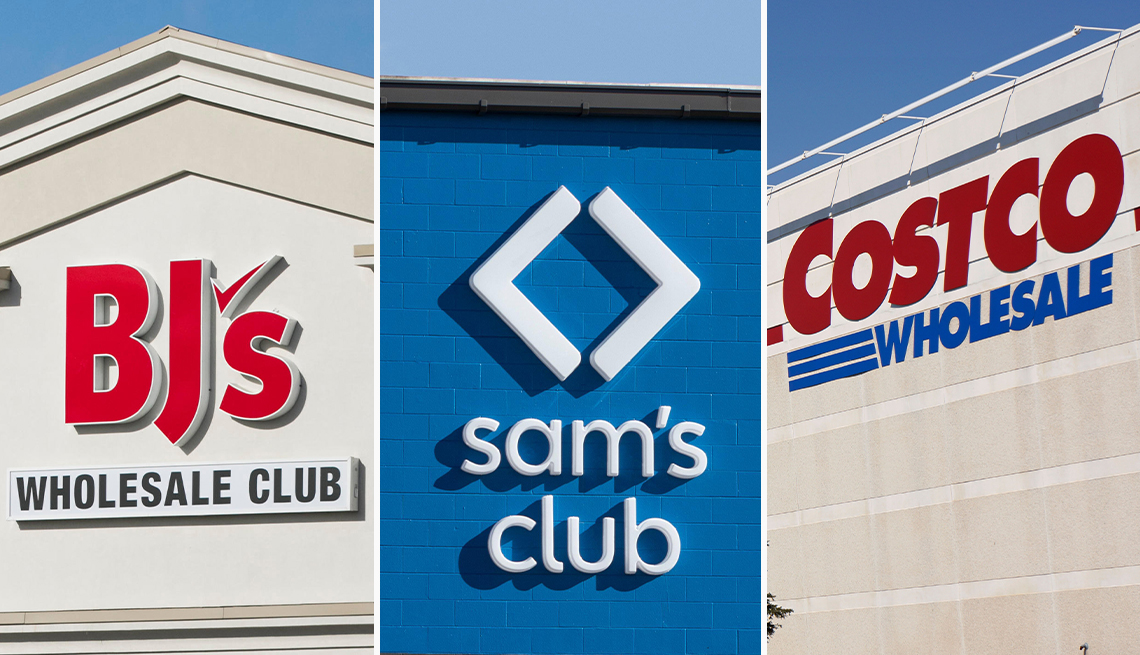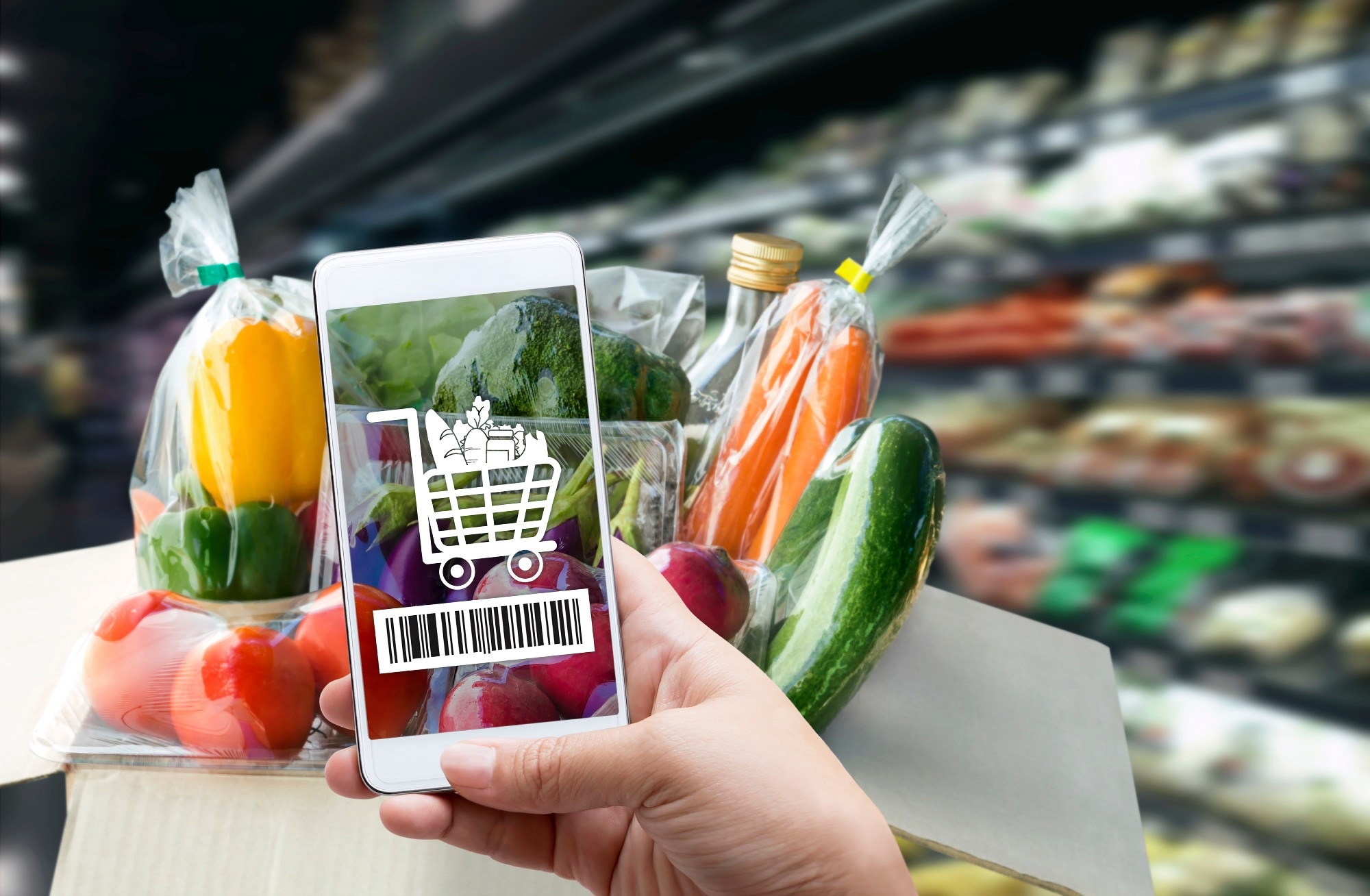Why Every CPG Brand Needs an AI Strategy in 2025

Summary:
In 2025, the Consumer Packaged Goods (CPG) landscape demands more than great products—it requires agility, personalization, and real-time decision-making. For small and medium-sized enterprises (SMEs), an AI strategy is no longer optional; it’s the key to competing with industry giants. By leveraging artificial intelligence for demand forecasting, dynamic pricing, personalized marketing, inventory optimization, and customer service automation, brands can unlock efficiency, speed, and growth. Affordable tools, abundant data, and rising consumer expectations make now the tipping point for AI adoption. A clear, goal-driven AI strategy transforms fragmented experiments into a powerful competitive advantage, ensuring CPG brands stay relevant and resilient in a rapidly evolving market.
Why Every CPG Brand Needs an AI Strategy in 2025
The Consumer Packaged Goods (CPG) industry in 2025 is more complex than ever. Consumer behaviors are shifting rapidly. Supply chains are under pressure. New competitors emerge almost daily, and customer expectations for personalization and instant service continue to grow.
For small and medium-sized enterprises (SMEs), this creates both a challenge and an opportunity. The challenge is staying competitive with fewer resources than global giants. The opportunity is leveraging artificial intelligence (AI) to level the playing field, accelerate innovation, and operate more intelligently.
An AI strategy is no longer a future-facing luxury. It is now a critical business capability.
The New Rules of CPG
In the past, having great products and good retail distribution was enough. But today, growth requires data-driven agility. CPG brands must be able to:
- Predict demand with accuracy
- Personalize marketing and product experiences
- Respond to market changes in real time
- Optimize pricing across channels
- Reduce waste and manage lean supply chains
AI enables all of this. But only if you have a clear plan.
What Is an AI Strategy?
An AI strategy is more than buying a tool or hiring a data scientist. It is a coordinated approach to embedding intelligent systems into how your business works.
For SMEs, this means answering key questions:
- What business outcomes do we want to improve?
- What data do we already have that can support AI models?
- Where can AI save time, reduce waste or grow revenue?
- How do we pilot AI use cases without high risk?
Without a strategy, AI becomes a collection of disconnected experiments. With a strategy, it becomes a competitive advantage.
Why Now?
Several factors make 2025 the tipping point for AI adoption in CPG:
- Consumer Expectations
Customers expect brands to understand them, recommend the right products, and deliver fast. AI powers these experiences at scale.
- Data Availability
Most SMEs now have access to large volumes of digital data, sales records, website activity, social media engagement, and supply chain performance. This data can fuel predictive models and smarter decisions.
- Affordable Technology
AI no longer requires multimillion-dollar budgets. Cloud-based platforms and industry-specific tools make it accessible to growing brands.
- Competitive Pressure
Larger competitors are already embedding AI into their operations. SMEs that do not adapt risk falling behind in efficiency, speed, and customer relevance.
What Can AI Do for a CPG SME?
Some of the highest-value AI applications in CPG include:
- Demand Forecasting Use AI to predict product demand across regions and channels, reducing stockouts and overproduction.
- Dynamic Pricing Adjust prices in real time based on demand, competitor activity, and inventory levels to maximize revenue and margin.
- Personalized Marketing Deliver targeted promotions based on customer segments, behavior patterns, and purchase history.
- Product Innovation Analyze customer reviews and social media to identify white space opportunities for new product development.
- Inventory Optimization Balance inventory across warehouses and retail partners using predictive analytics.
- Customer Service Automation Implement AI-powered chatbots to handle common questions and support requests, improving response times.
How to Build a Practical AI Strategy
For SMEs, the best AI strategy starts simple and grows with success. Here is a step-by-step approach:
- Align with Business Goals
Identify 1-2 business problems that have clear KPIs, such as reducing stockouts, increasing customer retention, or improving sales forecasting.
- Assess Your Data
Determine what data you already collect and where it lives. Sales, marketing, operations, and support data are often enough to begin.
- Start with a Pilot
Choose one use case and test a small AI model or tool that addresses it. Measure outcomes and validate ROI.
- Select the Right Partners
Work with AI vendors or consultants who understand CPG and can tailor solutions to your needs. Avoid generic tools that do not integrate well with your processes.
- Invest in Data Infrastructure
Long term success requires clean, accessible, and organized data. Building the right data foundation is just as important as the models themselves.
- Create a Culture of Learning
Involve cross-functional teams. Train staff to understand and trust AI outputs. Make AI adoption part of your company’s evolution, not just a tech initiative.
A Final Word for CPG Leaders
You do not need to become a data science company. But you do need to become a company that uses AI to make faster, smarter decisions.
In 2025, CPG brands that succeed will be the ones that combine product excellence with data-driven intelligence. For SMEs, an AI strategy is the roadmap that gets you there faster, with less risk, and greater return.
📩 Contact RILA GLOBAL CONSULTING today to learn more.
Read More

Q4 Consumer Signals: What Costco, BJ’s, and Sam’s Club Tell Us About Holiday Spending
The article delves into Q4 consumer signals gleaned from Costco, BJ's, and Sam's Club, highlighting how these wholesale retailers provide a crucial barometer for holiday spending and evolving shopper expectations. While value and bulk purchasing remain paramount, consumers are exhibiting diminishing patience for operational frustrations, demanding seamless experiences alongside significant savings. Costco navigates a reputation for premium value amidst growing complaints of overcrowding, BJ's champions aggressive deals despite service inconsistencies, and Sam's Club leverages digital convenience that is often undermined by fulfillment issues and unexpected viral moments. Collectively, these insights paint a picture of a holiday season where consumers are highly deal-sensitive but increasingly expect retailers to mitigate the inherent stresses of holiday shopping, offering early indicators of shifting loyalty and household budget priorities.
December 7, 2025
READ MORE

Thanksgiving 2025 Social Media Trends: What 2 Million Consumer Conversations Reveal
Thanksgiving 2025 conversations on social media revealed key consumer sentiments and trends, with over 2 million posts highlighting holiday planning, food prices, and family dynamics. Millennials, in particular, are shaping purchasing decisions. While overall sentiment was positive, concerns about specific item price spikes and distrust in AI-generated recipes emerged. Retailers can leverage insights on value, convenience, and transparency to better connect with consumers.
November 27, 2025
READ MORE

Black Friday 2025: What Consumers Really Said On Social Media About Holiday Spending
Black Friday 2025 saw over a million social media mentions in the US, revealing a complex consumer sentiment. While shoppers eagerly sought genuine value in deals, particularly for streaming services, electronics, and gaming, they also expressed growing fatigue and distrust due to perceived fake discounts, high-pressure tactics, and financial strain. The emergence of AI tools like ChatGPT and Gemini in the research and comparison process signifies a major shift in consumer behavior, demanding greater transparency and meaningful value from brands to gain trust in future holiday sales events.
November 27, 2025
READ MORE

How Americans Used AI for Thanksgiving 2025: What Millions of Conversations Reveal
As Americans navigated Thanksgiving 2025, artificial intelligence emerged as a helpful, yet cautiously adopted, assistant in the kitchen. While millions of social conversations reveal a willingness to use AI for tasks like generating grocery lists, finding substitutions, and understanding food safety, a significant skepticism remains regarding AI's ability to handle the critical elements of holiday meal preparation. The rise of 'AI slop' highlights concerns about low-quality or nonsensical AI-generated recipes, leading consumers to rely on trusted human sources for the main dishes. Ultimately, AI is seen as a valuable tool for planning and convenience, but not as a replacement for human expertise in crafting the centerpiece of the Thanksgiving table.
November 27, 2025
READ MORE

Best Buy Social Media Analysis Ahead of Earnings: What 500K Online Conversations Reveal
Ahead of its Q3 2025 earnings announcement, over 500,000 social media conversations paint a consistent picture of Best Buy: consumers appreciate its deals, product selection, and the promise of reliable tech support. However, significant frustrations persist regarding delivery issues, complex warranties, and poor customer service follow-through. Despite these operational challenges, Best Buy's brand appears stable and predictable, lacking major scandals or controversies, which suggests a low-drama earnings call and reinforces its image as a reliable, though not always seamless, retail brand.
November 25, 2025
READ MORE

Inside the Crumbling US Job Market: 18M Social Media Mentions on Work, Pay, and Layoffs
Conversations surrounding the US job market have surged, with 18 million social media mentions revealing widespread anxiety about work, pay, and job security. Layoff announcements are at a 22-year high, mirroring levels not seen since the Great Recession, while continuing unemployment claims are nearing four-year peaks. This sentiment is amplified by the emotional texture of online discussions, where people express struggles to afford bills, the necessity of second jobs, and burnout. Concerns about AI's potential to eliminate white-collar roles, coupled with frustrations over applicant tracking systems and 'ghost jobs,' further contribute to a deeply negative outlook, overshadowing positive stories of job acquisition and meaningful work.
November 21, 2025
READ MORE

The End of the U.S. Penny: What Social Listening Reveals About Value, Nostalgia, and America’s Evolving Relationship With Currency
The end of U.S. penny production sparked an online conversation far richer than a simple economic update — revealing a moment where money, memory, and national identity collided. Social listening shows Americans framing the discontinued coin as a cultural artifact, a childhood symbol, and a mirror for anxieties about inflation, political leadership, and a cashless future. Nostalgia blended with skepticism as collectors, financial commentators, and everyday users debated what the penny’s disappearance says about shifting priorities in a modernizing economy. In witnessing the final minting of a coin with 232 years of history, the public wasn’t just reacting to monetary policy — they were negotiating the meaning of value itself.
November 19, 2025
READ MORE

What U.S. Consumers Are Really Buying Right Now: Viral Trends, High-Tech Tools, and the New Psychology of Shopping
U.S. consumers are reshaping the retail landscape in real time, blending emotional impulse with unexpected investment as they navigate economic pressure and digital influence. Social conversations show that Americans are simultaneously splurging on high-performance niche tools, making impulsive TikTok-driven micro-purchases, and buying controversial or loosely regulated products that reveal widening trust gaps in the marketplace. Even as budgets tighten, spending on beauty, wellness, and status-defining items remains resilient, signaling that identity, comfort, and social proof matter more than ever. The result is a consumer environment where viral influence outweighs traditional marketing, transparency becomes a competitive advantage, and brands must track fast-moving cultural signals to stay relevant.
November 19, 2025
READ MORE

Target in Q3 2025: What 6 Million Social Media Posts Reveal About the Brand
Target’s Q3 2025 social footprint reveals a brand caught between strong product demand and increasingly strained execution. Shoppers still love Target’s private labels, seasonal magic and exclusive collaborations, but their enthusiasm is undercut by widespread frustration with understaffed stores, long checkout lines, messy environments, unreliable digital inventory, app glitches and inconsistent delivery through Shipt and Circle 360. Social and political debates as well as safety concerns add volatility to Target’s perception, even as private-label performance and holiday readiness remain clear strengths. The data shows a widening gap between Target’s brand promise and the real shopper experience - one that represents both a risk to loyalty and an opportunity for operational reinvention.
November 18, 2025
READ MORE